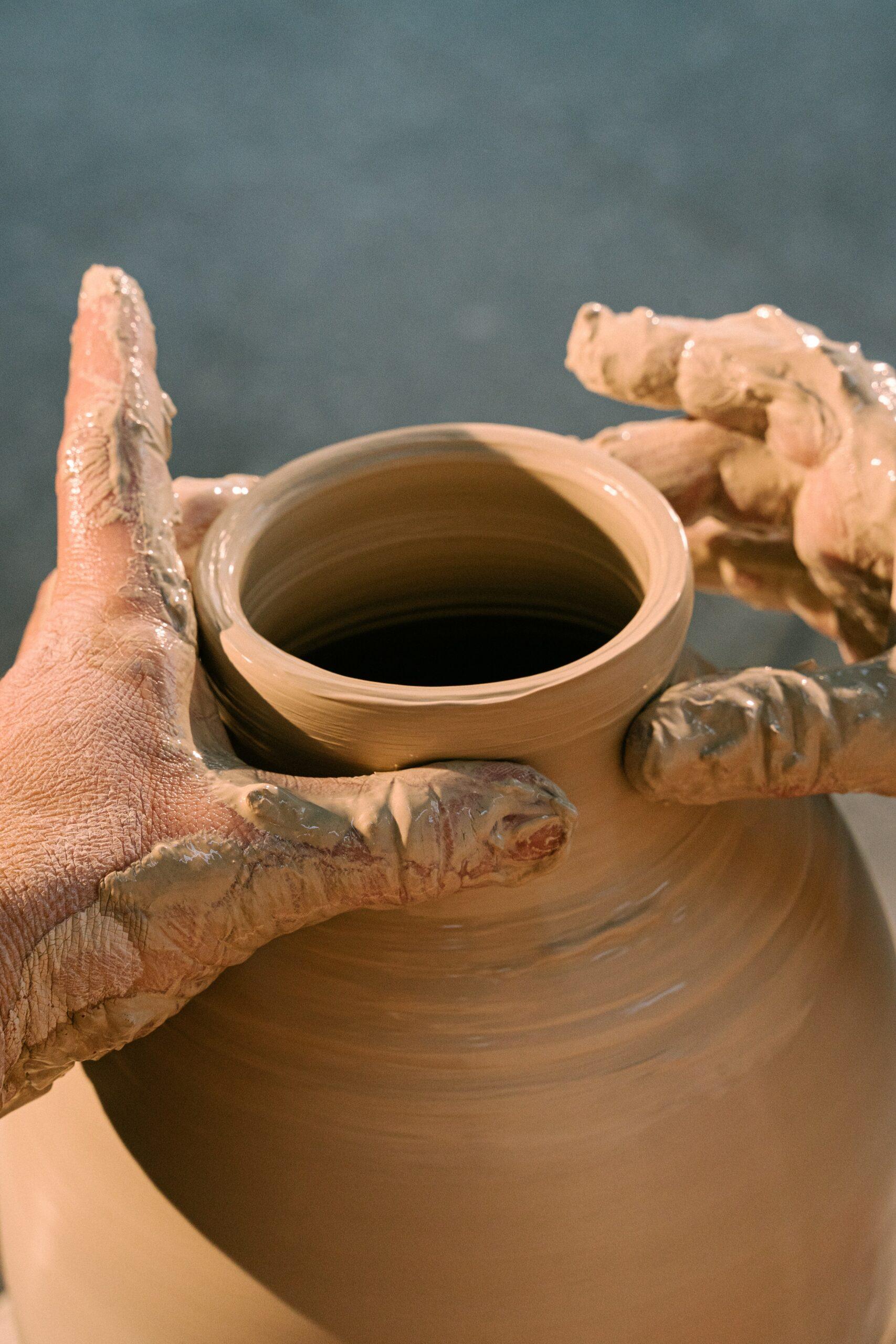Know thyself is the beginning of all wisdom.
The first step toward any change is awareness. And the first step to better awareness is to turn your attention inward, not just to your mind, but to your body.
Since Plato, awed by the power of human rationality, philosophers have struggled to understand our soul with our mind alone. The quest to bridge the gulf between reason and spirituality has been through deep valleys and high passes, never reaching the elusive bridgehead.
Much has been discovered about human nature, and great minds advanced our self-knowledge – from Greek philosophers through Medieval scholastics to modern scientists. The unquenchable thirst for a deeper understanding of the truest Self eventually led to the science of psychology and remarkable breakthroughs in the medical profession.
But for all the success achieved by these advances, the progress is still limited to referential, third-person knowing, not self-knowing.
The root of this eternal incompleteness stems from the Platonian dismissal of the two other Aspects of Being – Physical and Emotional. The body was relegated to its secondary role, even though Christianity brought the concept of the Incarnation of the Logos.
Centuries later, Descartes sealed the body and mind dualism as a dogma that survived almost until the late 20th century. And every phenomenon that eludes the rules of logic – from intuition to feelings – was frowned upon and dismissed.
Alas, there is no self-knowledge without redirecting our attention away from the external to our own self. Those objects of reference can be noble – such as the search for absolute truths of logic, or mundane – such as scrolling through your device in search of another visual stimulus. Both are bound to remain exercises in incompleteness.
How can we redirect our attention toward ourselves? Where to start?
There are two avenues toward self-awareness.
One of these avenues calls for sudden enlightenment. We know that it exists because we hear testimonies of practitioners of deep meditational practices or from people who underwent profound spiritual experiences. It is a sudden, direct experience with no intermediate steps. Non-dualistic meditation practices – including Advaita Vedanta, Zen koans, or Dzogchen – advocate this sudden merging into “oneness.” Providing directions would be considered counter-productive.
The pathway leading to such instantaneous experiences is unclear. It requires a specific context and may not be readily available to every aspirant.
The second pathway proceeds in stages. Here, it is possible to map out the steps of ever-deeper immersion in the Self. It provides a structure and a certain visibility. It also offers the prospect of partial achievement and satisfaction associated with it. Unlike the non-dual practices, the gradual methodology posits initially a dichotomy between the ‘observer’ and the ‘observed’, the ‘mind’ and the ‘experience.’
In some traditions, the two will eventually fuse, but by proceeding with small steps, it becomes possible to perfect certain techniques before attempting to advance to the next stage.

Stages for gaining more awareness
First, we learn to detect signals in our bodies. At the purely Physical level, it will involve the realization that we have our senses – both those that direct us outward (the sense perceptions) and those that direct us inward (interoception)– into our bodies, sensing internal signals from our bodies.
At the Emotional level, it means detecting emotions in the body. At the Rational level, it will consist of observing the cognitive activities, i.e., thoughts rushing through our head. The Spiritual level requires acceptance that not everything is instantly detectable.
The subsequent stages call for acknowledging what we have detected, and embracing the experience as is with openness.
 Why is it difficult to know yourself?
Why is it difficult to know yourself?
So many of us are addicted to the constant prancing stimuli. Our senses are bombarded by images, sounds, tastes, and more images – full of vivid colors, hyperreal distinctiveness, and 3D illusion. No wonder some of us feel restless when told to close our eyes for a moment. And some who attempted quit quickly, disheartened and convinced that “meditation is not for me.”
The second hurdle is the ubiquity of our busy yet often directionless, discursive thoughts. This is when our brain activates the so-called Default Mode Network (DMN). The rapid flow of ideas mixes snippets of autobiographical memory, cognitive reflection on one’s judgments, regrets about the past, worries about the future, and running commentary. It’s the mind on auto-pilot.
With a flux of uncontrollable thoughts, our minds get stuck in pointless rumination. This experience often deprives us of a sense of presence and induces anxiety. In worse cases, it may trigger a negative self-image and even lead to states of depression.
There is some evidence that the thirst for constant distraction is an unconscious reaction to the discomfort experienced when functioning with DMN. These are coping mechanisms, and they are of little help. Just like higher drug doses won’t solve the addict’s problem.
How to get started?
So how do we enter the first, most basic level of “embodied mindfulness”?
It is a term that needs to be taken with some distance. “Mindfulness” does not indicate that the focus here is the “mind” per se. Instead, it is an awareness that arises through the deliberate direction of our experience to the present moment. It is done in a non-judgmental, compassionate way, with curiosity and openness to novelty, surprise, and randomness. Mindfulness is “embodied” when this journey takes us into our body, focusing equally on thoughts, emotions, and bodily sensations.
The most straightforward entry point is accessed by paying attention to physical sensations.
We are all equipped with the faculty called interoceptive awareness. Interoception, short for internal perception, means awareness of our inner states and activities. We are usually alert about things in our body when the signal calls for some action – such as pain, thirst, hunger, or bowel movement. The practice aims to go beyond this type of reactive attention.
One simple way to start is to direct one’s attention to the breath – to its rhythm, sound, path, and temperature. Turning focus onto the nature of the breathing stabilizes attention, thus engaging a “task positive network” or TPN. TPN is a neurological network that connects those parts of the brain that are stimulated during goal-directed activity.
The TPN is automatically activated whenever we direct our attention to a challenging manual task external to our bodies – such as learning new chords on a guitar neck, manipulating a machine we are unfamiliar with, or even threading the needle. Attempting to complete these tasks, we are “naturally” focused on the present moment.
However, focusing on bodily functions like breathing appears much more challenging for most of us.
Proper interoception has to be learned. While breathing is the most directly accessible, our inner somatic landscape is much richer. It is possible to stabilize our attention by directing it towards the heartbeat (or pulse), the level of relaxation – or tension – in the muscles, tendons, and even bones, the sense of gravity, or a variety of sensations in our digestive tract. Some sensations will rise and fall, subside, and reemerge. Others will change location, intensity, or velocity. Some will be easily localized and isolated, others more diffused. Some will appear on their own; some will interact with others.
The discovery of this inner world is an individualistic experience, as opposed to a rationalized, third-person “knowledge” of, say, medical nature. For example, ancient Taoists imagined that our inner body was inhabited by various divinities with specific symbolic imagery attached to each corporal segment.
For Christian mystics described the experience of God that dwells in them, St. Paul went further, writing: “You are in the spirit, if only the Spirit of God dwells in you” (Romans 8:9).
 How to free ourselves from the onslaught of wandering thoughts
How to free ourselves from the onslaught of wandering thoughts
First, by focusing on our bodily activity, our attention is anchored in the present moment. The sensory experience connects us to the present moment. The “synchronization” between the body and the mind, immobilizes time and precludes our thoughts from racing back to the past or future. We’re not trying to eliminate thoughts but opening the body to ground our awareness.
Secondly, we become less reactive to our thoughts. By paying more attention to the information in our body, we open ourselves to the exhilaration of embodied discovery. Our attention becomes “embodied,” solid, stabilized, and grounded. The body becomes more aware of itself, and a sense of peace descends. We can develop the ability to relax the mind in a focused way.
Religious people who engage in such practice find that listening to the deepest part of themselves is the same as listening to God. Through the awareness of God’s inner presence, the practitioner and God become one.
 Focus on the process, not the outcome.
Focus on the process, not the outcome.
The practice of embodied mindfulness does not seek to obtain any specific “outcome.” We do not emerge from the experience having “achieved” anything (“I got it!”) or failed to do so (“what’s the point?”).
Instead of focusing on some elusive outcome, we focus on the process and turn this into a habit. Only by making routine, regular journeys to the interface of the body and mind can we slowly shed the interfering duality between the two. Making the exercise of “embodied mindfulness”a habit will bring great self-regulatory benefits, including reduced reactivity, improved attention, acceptance of aversive thoughts, and recognition of inherent self-worth.
Although these outcomes are hugely valuable, they are not the goal of the practice. The goal is the regular practice itself. Stopping the clock of roaming thoughts for 15 minutes daily with eyes closed and attention turned towards your inner states. The habit, not the ultimate prize, will become the goal.
But let us make it even easier. Set aside 10 minutes for the initial exercise. Find a quiet place, and switch off all the devices except for a recording of the body scan I offer. You can download a recording that guides you through the entire process. Many people have started with this simple technique before immersing themselves more deeply into the journey of self-awareness.
You will feel increasingly ‘in your element’ wherever you are. I promise you that it’s worth trying.
Download a free Body Scan Meditation to get started.
If you want to help others increase their awareness, check out our life coach training and certification program.



























